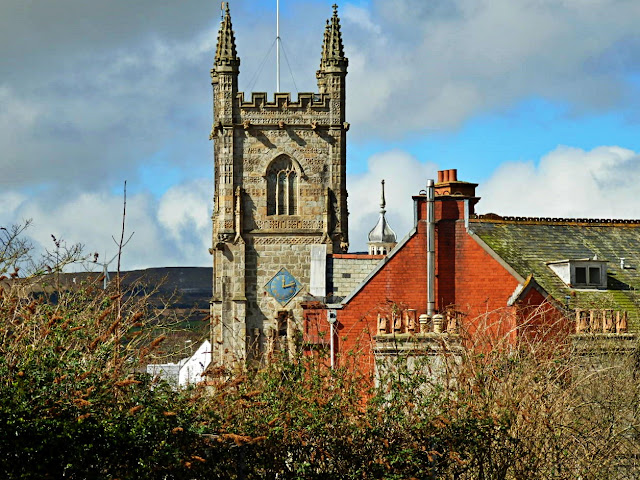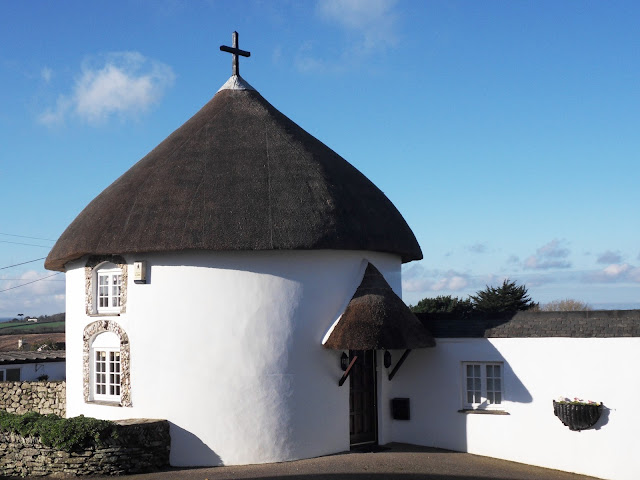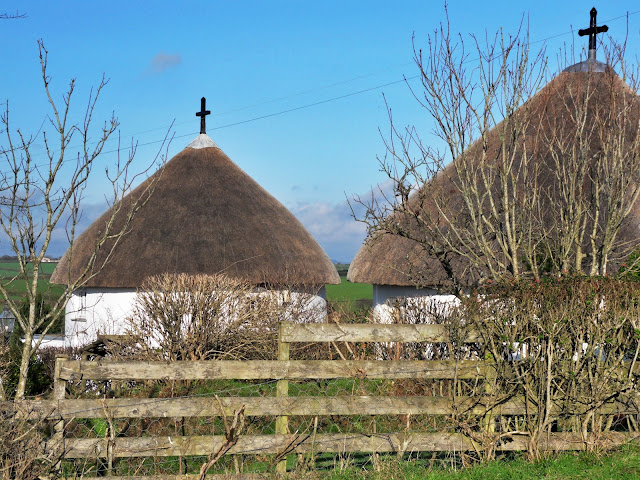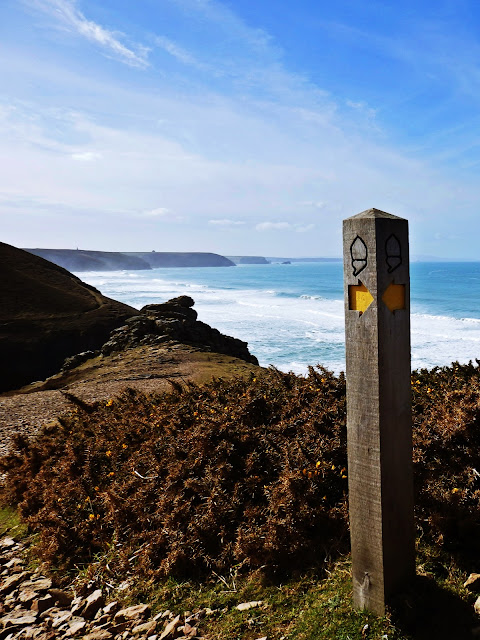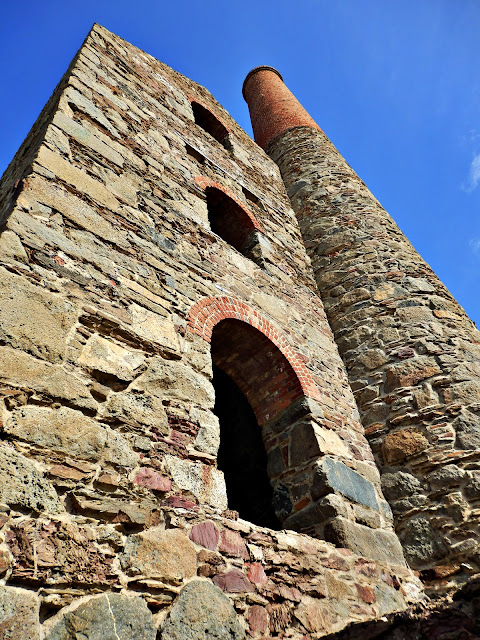Today we are at the Trelissick House and Estate. The photo above - showing the house - was snapped while on a boat travelling along the River Fal to Falmouth in the summer.
All of the other photos were taken together in the month of March.
The house itself is quite strange - at least I think so. It was built initially in 1755 but each generation seems to have altered it's appearance. The neoclassical columns, for example, were erected by Thomas Daniell in 1824 on the assumption that this would signify his wealth and status. To me they don't seem to go with the rest of the building.
The gardens and grounds are quite extensive so plenty of room for visitors. While we were there the magnolias were in bloom and were a lovely sight.
The estate looks over the River Fal and it's possible to cross the river by a ferry, though there may be restrictions in the winter months.
A couple of photos follow of the gardens and estate.
We now move onto the water tower, photo below. This was built in 1865, and was erected as a reservoir for Trelissick House. The height of the tower ensured a good head of water for fighting fires. Today it has been converted to a holiday let - there is just one room on each of the four stories.
The gardens once more ...
... and finally a look across the fields. All very pleasant.
Other Gardens In Cornwall:



